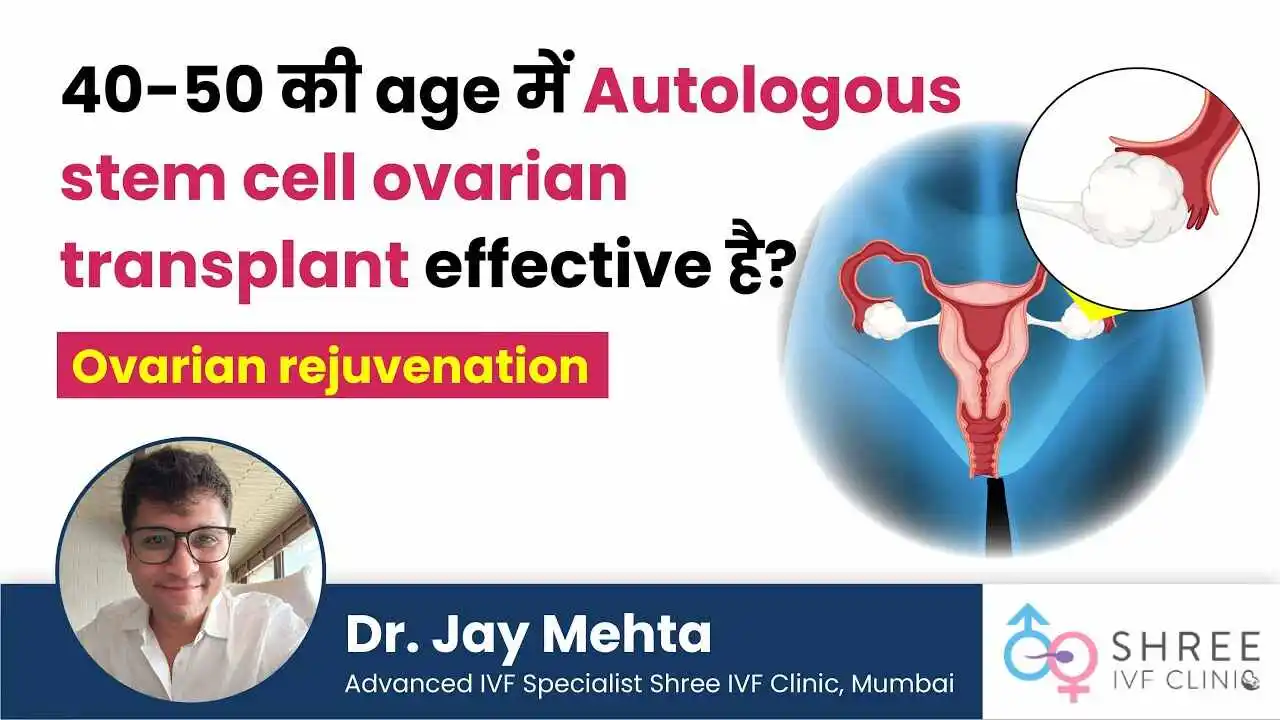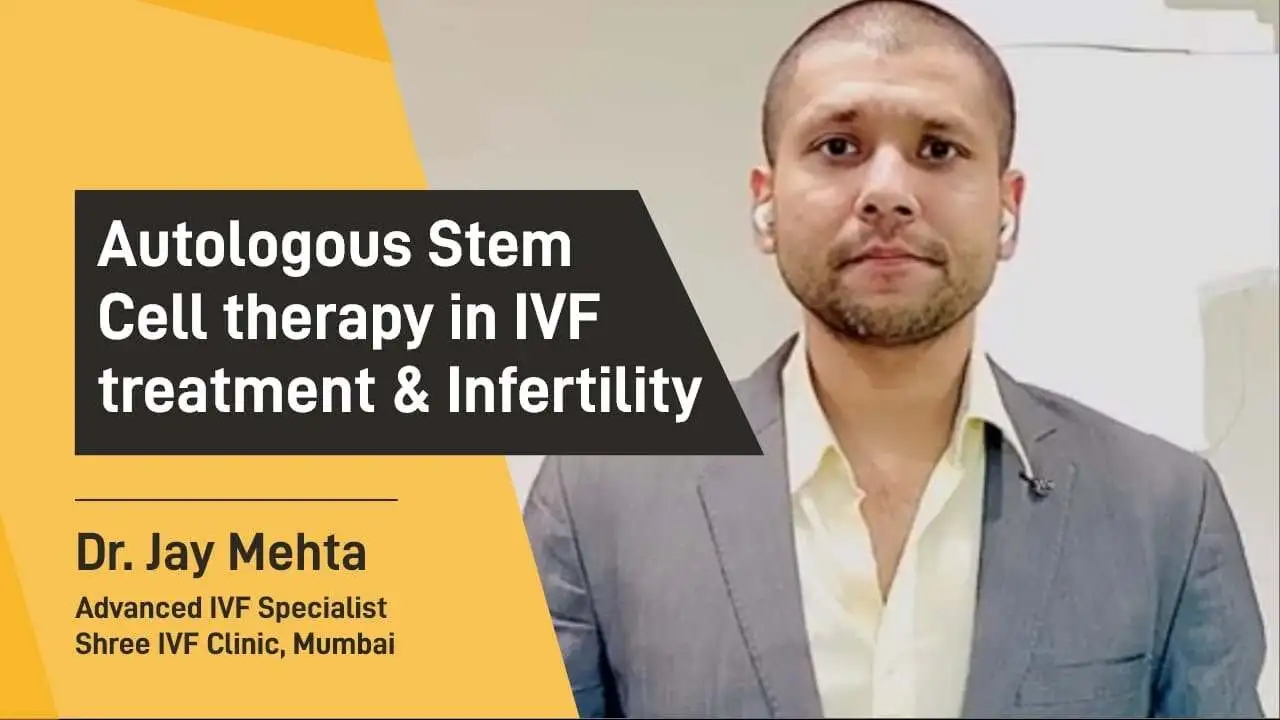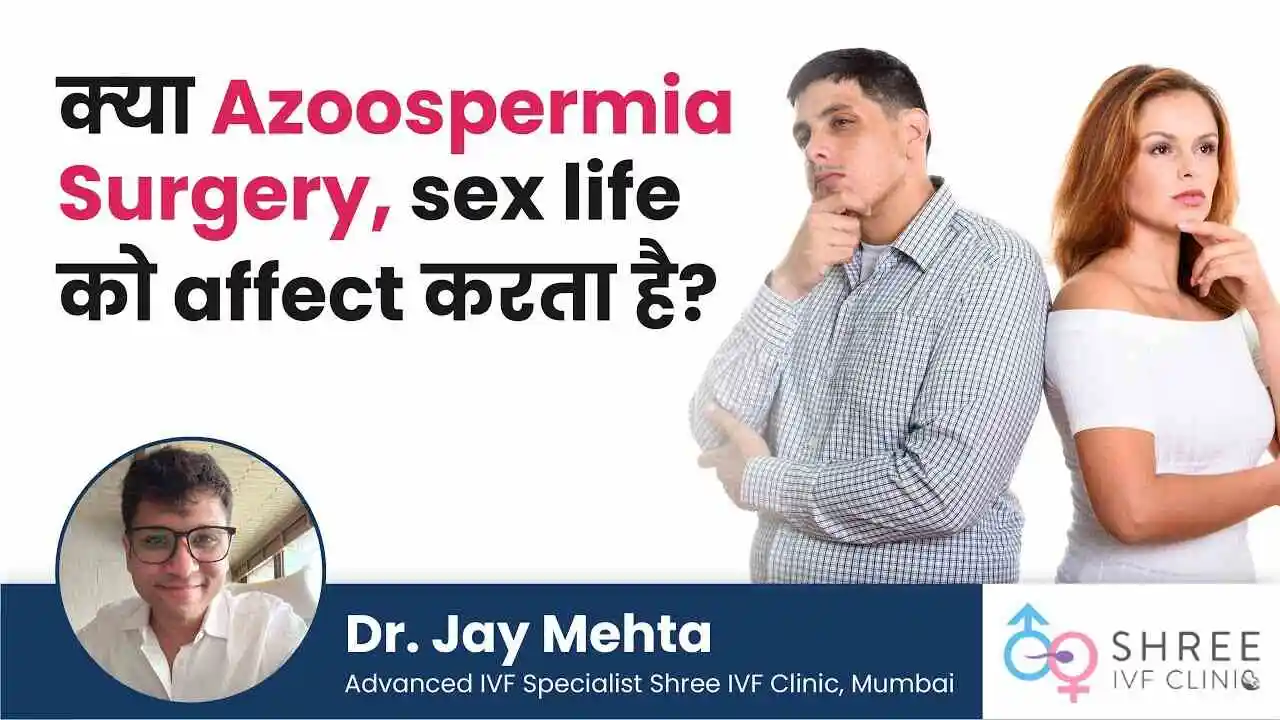Stem Cell Therapy for Endometrium, Ovaries, & Testes: Is It Effective?
UPDATED ON 6 MAR. 2025
AUTHOR
Dr Jay Mehta
Scientific Director & IVF Specialist with 10+ years of experience
TREATMENT
GET IN TOUCH ON
Navigating the intricate world of reproductive health, the potential of stem cell therapy stands out as a beacon of promise. But like all medical interventions, its efficacy varies depending on the area of application. In this article, we’ll delve deep into the effectiveness, procedure, and implications of stem cell therapy when it comes to the endometrium, ovaries, and testis.
What You Should Know Before Opting for Stem Cell Therapy?
The arena of stem cell therapy presents a cutting-edge option for individuals struggling with various reproductive health issues. As we tread the path toward understanding its myriad aspects, several facets merit our attention. Here’s a deep dive into some of the fundamental aspects of stem cell therapy as it relates to the realm of reproductive health:
- Scope of the Treatment: Stem cell therapy extends its benefits to various parts of the reproductive system, including the endometrium, ovaries, and testes.
- Popularity and Volume: Due to the possible transformative outcomes, stem cell therapy has gained considerable traction and is now performed at a high volume across various medical centers.
- Nature of Treatment: The treatment involves harnessing the power of stem cells and directing them towards the targeted area—be it the endometrium, ovaries, or testis.
The Promise of Stem Cell Therapy for Testis
When it comes to male reproductive health, especially issues concerning sperm production, stem cell therapy unveils a world of potential solutions. As research intensifies, we are beginning to grasp the capabilities and caveats of applying this therapy to the testis.
- Current Research Phase: For conditions like Azoospermia, stem cell therapy is still in its research phase. However,, early signs show potential, especially in cases of non-obstructive azoospermia.
- Mesenchymal Culture: It’s believed that the key to unlocking the benefits of this therapy for non-obstructive azoospermia lies in stepping into the realm of mesenchymal culture.
- Genetic Considerations: While the treatment offers hope, it’s crucial to exercise caution. If there’s an underlying genetic cause for the condition, stem cell therapy might not be the right path.

4,790+
379K+
The Procedure: How is Stem Cell Therapy Administered?
The intricacies of stem cell therapy, while complex, are rooted in a systematic procedure. From extraction to application, the therapy involves a set of meticulously carried out steps designed to ensure the highest potential for success. Let’s demystify the process:
- Extraction Process: Stem cell therapy begins with the extraction of 40 to 50 cc from the bone marrow.
- Preparation: From this extracted volume, a potent 0.8 ml aliquot is prepared and primed for injection into the designated area.
Are you struggling with fertility challenges? Discover the revolutionary potential of stem cell therapy to help enhance your reproductive health and increase your chances of conception. Our cutting-edge treatments harness the power of your body’s cells to improve ovarian function and rejuvenate your reproductive system.
Don’t let time slip away. Take the first step towards realizing your dream of starting a family. Schedule your consultation today with Dr. Jay Mehta, an endometriosis & fertility specialist in India, and learn how stem cell therapy can transform your fertility journey!
Stem Cell Therapy for Endometrium
Stem-cell therapy, a promising frontier in medical science, offers potential solutions for various health challenges. When it comes to the endometrium, certain individuals stand to benefit more distinctly from this treatment. Specifically, those contending with conditions like Asherman syndrome or those who have a thin endometrium are prime candidates for this therapy.
One of the remarkable attributes of the endometrium is its innate regenerative prowess. This ability to rejuvenate becomes even more potent with the aid of stem cell therapy. In fact, in many cases, individuals have seen benefits materializing in up to half of the treatments. It’s an encouraging statistic, indeed.
While optimism surrounds this therapy, it’s equally crucial to tread with informed caution. For instance, in cases where endometrial TB is a factor, the results may not always align with expectations. As with all medical interventions, understanding the specific context and potential outcomes is key.
Stem Cell Therapy Vs. PRP Treatment
Now let’s understand the difference between Stem Cell Therapy vs PRP Treatment:
- Comparative Superiority: When pitted against PRP, stem cell procedures clearly have the upper hand, especially in conditions like chronic tendon endometrium or Asherman syndrome.
- Success Rates: PRP treatments often lag behind, with success rates plummeting to less than 10% in severe cases.
A Closer Look at the Ovaries
Stem-cell therapy has emerged as a potential avenue for addressing ovarian health concerns. When discussing its use for the ovaries, we must consider the complexities. The ovary goes through many cell cycles, resulting in a substantial presence of PRPs.
Yet, it’s worth noting that the benefits of PRP, while present, are circumscribed. The platelets used in PRP often fall short in delivering the growth factors in the necessary abundance.
Turning to statistics, the success rate of stem cell therapy in this situation is between 15 and 20 percent. A deeper analysis reveals that the therapy is especially fruitful for individuals with an AMH level below 0.1 and an FSH that goes beyond the 13 to 14 range.
Moreover, the antral follicle count is not just a number; it plays a crucial role in determining the therapy’s efficacy. And let’s not overlook the age factor. If you’re contemplating stem-cell therapy for your ovaries, be informed that those under the age of 38 tend to experience more pronounced benefits.
Wrapping Up
While stem cell therapy offers hope in reproductive treatments, it’s vital to recognize both its potential and its limitations. Always consult a healthcare specialist to explore the best options for your specific needs.
If you still have some questions, feel free to reach out to our experts at 1800-268-4000. They are here to listen to your problems and offer solutions. Do not hesitate to connect today.
AUTHOR
Dr Jay Mehta
Scientific Director & IVF Specialist with 10+ years of experience
TREATMENT
CALL US 24/7 FOR ANY HELP
GET IN TOUCH ON
Share Article on
Related Readings
Ovarian Stem Cell Transplant (Age 40-50): Does It Work?
Stem cell ovarian transplant may help restore fertility and hormone levels in women 40-50, but its effectiveness remains under clinical research
Autologous Stem Cell therapy in IVF & Infertility Treatment
Autologous Stem Cell Therapy offers hope for women with low AMH and thin endometrium, improving IVF outcomes for those facing early fertility issues
Does Azoospermia Surgery Affect Sex Life?
Will azoospermia surgery change your sex life? In most cases, no. Understand the benefits of the procedure and how it can help restore fertility




